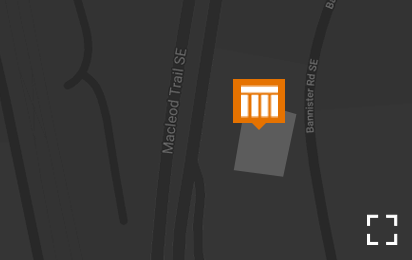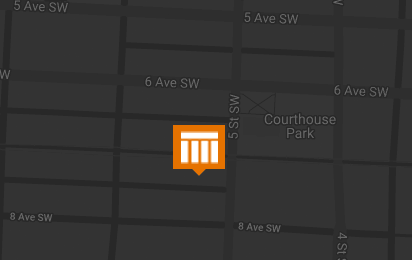Publication
Landlord Remedies for Commercial Tenancies
Landlord Remedies for Commercial Tenancies
If a tenant breaches a commercial lease in Alberta, a landlord has four primary options in how they can proceed, that are pursuant to a decision of the Supreme Court of Canada. As the options are mutually exclusive, if a landlord fails to clearly notify a tenant of its election, then the landlord may be banned from clarifying its choice or making a reelection at a later date. It is very important for the landlord to explore each of their options thoroughly before taking action against the tenant.
The primary options a landlord has if its commercial tenant defaults on a lease are as follows:
- Sue for rent and damages on the grounds that the lease is still in force. In this situation, the landlord does not alter the relationship with the tenant, allowing the tenant to stay in the premises while the landlord sues for all unpaid rent and damages until the end of the lease. If the tenant elects to reject the lease and the landlord accepts keys to the premises (i.e. if the landlord is concerned about the security of the property), there is no penalty and no surrender of the lease, as long as the landlord notifies the tenant in a timely manner that the lease remains in effect.
- Terminate the lease (evict the tenant) and retain the right to sue for rent accrued or for damages up to the date of termination for the previous breach of the lease. Here, the landlord cannot sue for any future rent as the lease is treated as being at an end, as of the termination date. Generally, when a landlord changes the locks it is viewed by the courts as terminating the lease and the landlord will be deemed to have chosen this remedy, giving up their right to claim damages for any unpaid rent.
- Advise the tenant that the property will be re-let on the tenant’s account and the landlord enters into possession as an agent of the tenant for that purpose.
- Notify the defaulting tenant that damages will be claimed for the present value of the unpaid rent and all future rent for the unexpired period of the lease, less the actual rental value for that period. Further, the landlord would exercise the landlord’s right of distress, and seize any unencumbered assets in the premises. This option usually provides the most value to a landlord, as they are able to hamper the business of the tenant by seizing the assets (either on a bailee’s undertaking or a physical removal of the assets) but are still entitled to sue for damages that the landlord incurs past the date of the landlord exercising its right of distress. Usually the date that the tenant will be put out of business due to the landlord’s physical seizure and removal of the assets, until the end of the original lease term.
The key for any landlord is to notify the tenant at the time of seizure, that the lease is not being terminated: termination of the lease/changing the locks may otherwise prevent the landlord from the option to recover future rent and damages.
Of course, the wording of the default provision(s) in the lease will dictate how enforcement steps are taken, and this must be carefully reviewed.
Please be advised that this memorandum is not a substitute for legal advice, and options available to a landlord are decided on a case by case matter, based upon the unique facts to each situation.
For further information, please contact the author, Michael Kwiatkowski at 403.873.3706 or any member of our Real Estate Litigation group.

